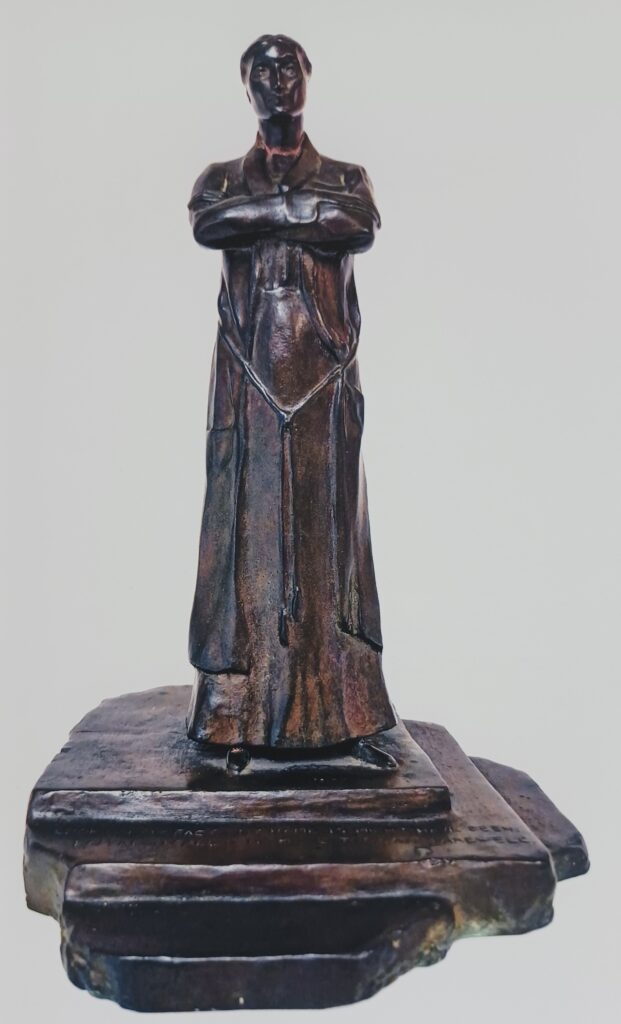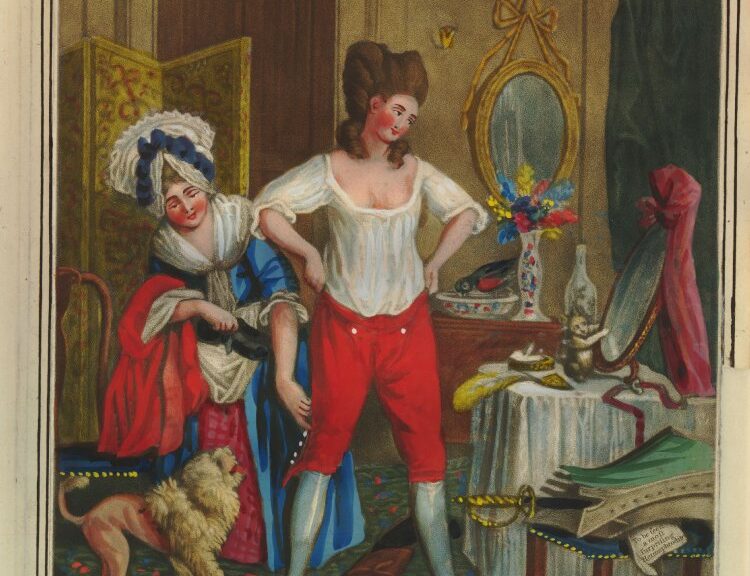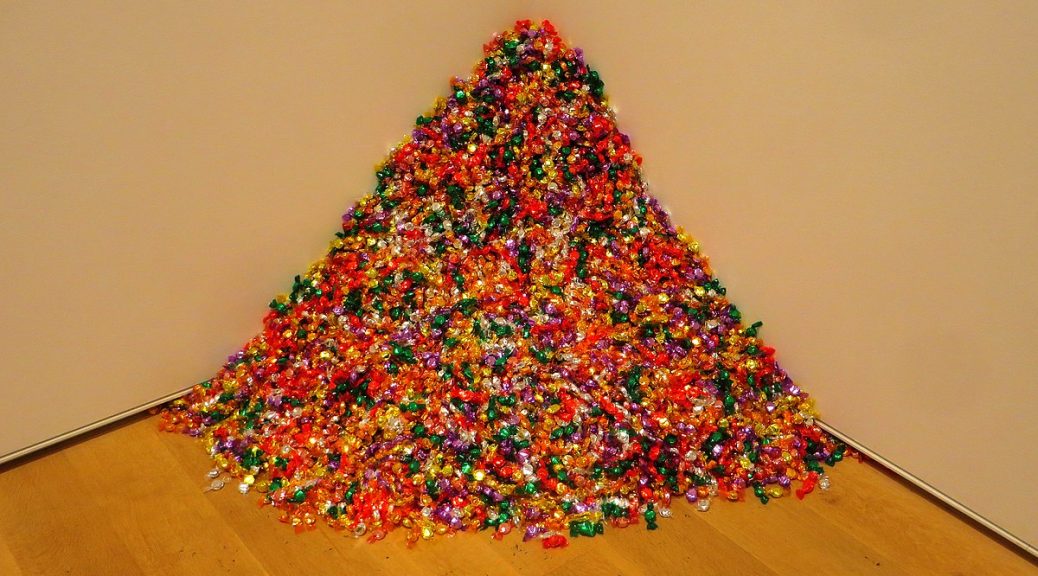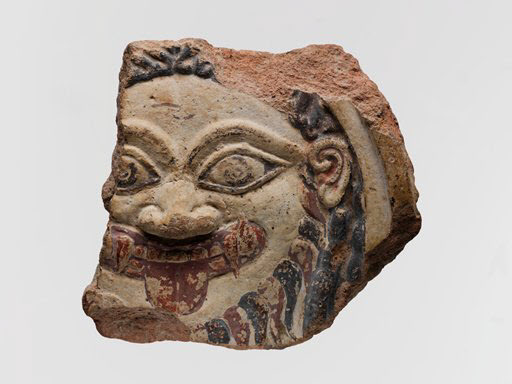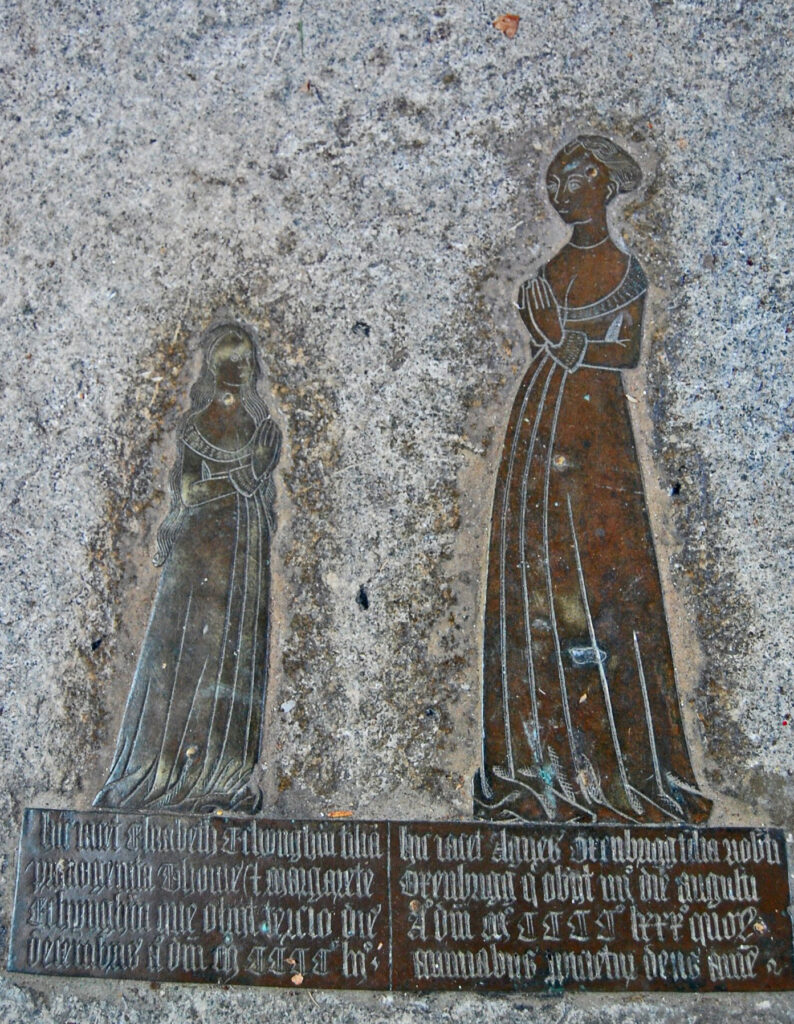
Statue of Ardhanarishvara
Artist: Unknown
Media: Sandstone
Date & Location: 150-200 CE (Kushan period), North India (currently in the Victoria and Albert Museum, London, England)
Image Source: Victoria and Albert Museum

Significance to Queer Art History
This statue is of the figure Ardhanarishvara. Ardhanarishvara is one of the many (and most popular) forms of the Hindu god Shiva. The popularity of this particular form of Shiva is evidenced by the number of surviving sculptures from throughout India with the earliest dating to the second century CE.
Ardhanarishvara represents Shiva combined with his partner Parvati who are together seen as the creators of the universe.
This combination is commonly represented in sculpture by showing a figure with multiple gendered traits: a breast on their left, a flat chest on their right, a phallus (or phallic shape) in the centre, as well as different ornaments and hair styles on the right and left sides. Often the left side was also painted a dark or green colour and the right was painted red. The right side is for Shiva and the left side is for Parvati, but necklaces and clothes often span the whole body and gendered bits below the belt are often centred and shared rather than divided between sides.
In their earlier forms, such as this one, Ardhanarishvara had only two arms. In later versions, though, they might be seen with three or four arms like the eighth-century one shown below.

These statues might prompt us to think about gendered ‘norms’ and hierarchies. We might use them to think about the way that things like clothes and ornaments are arbitrarily gendered and conflated with anatomical features which are themselves arbitrarily gendered. We might also consider the ways that statues of Ardhanarishvara maintain a gender hierarchy by privileging masculinity. Parvati (the feminine-coded half) is represented on the left, which is (across many cultures) coded as the ‘inferior’ side. The meaning of the name Ardhanarishvara (‘Lord Who Is Half-Woman’) also privileges the masculine.
We might also, though, take these images as a reminder that bodies that are multiply or queerly gendered have a long history of representing ultimate power and divinity. The divine and the origins of humanity are queerly gendered in Hindu traditions of Ardhanarishvara. If we set aside our present day expectations and put ourselves into the context of second century India, we might further speculate that this figure would not have been ‘queer’ (in the sense of being disruptive to gendered and sexual societal norms) in its original context at all. Instead, it would have been celebrated.






